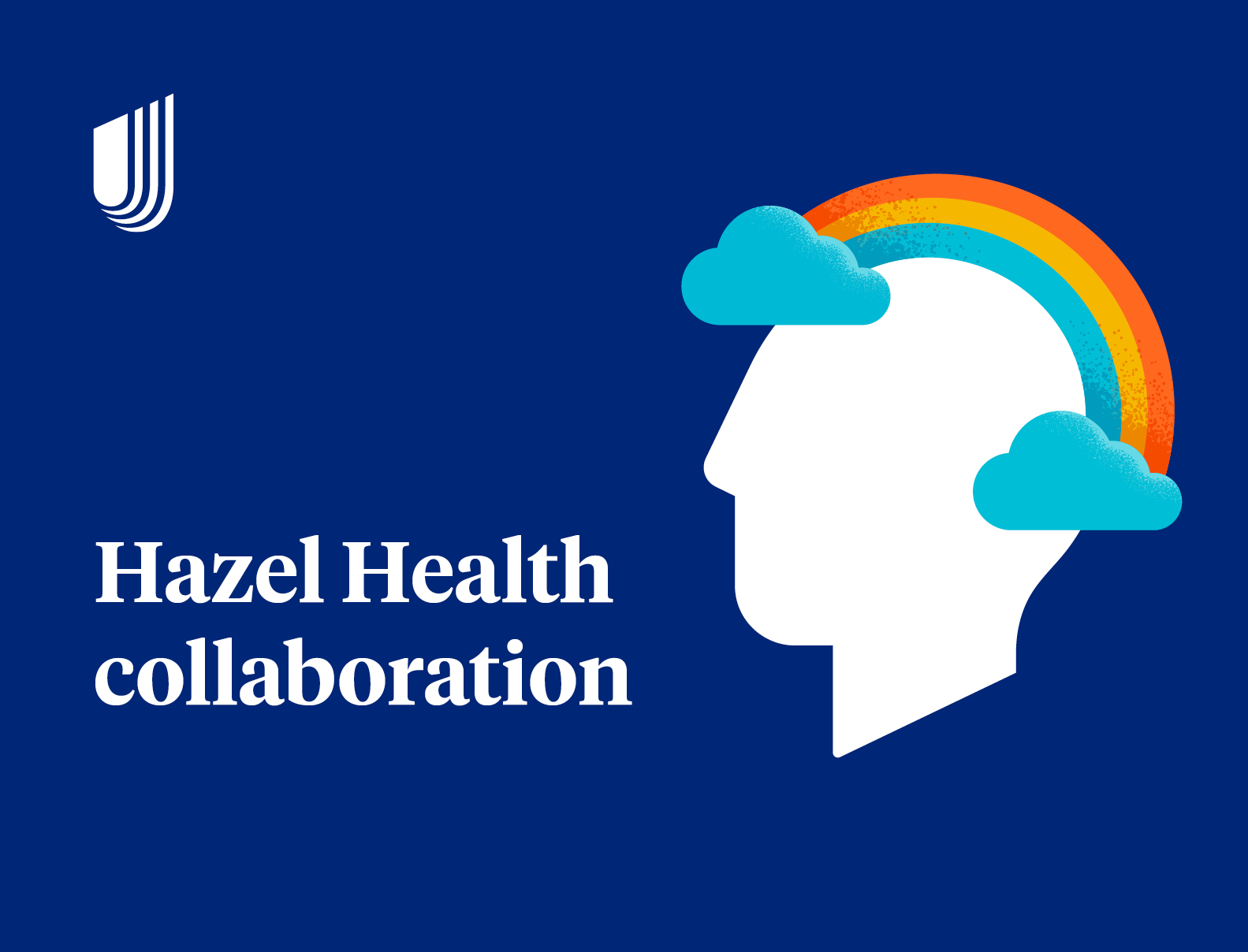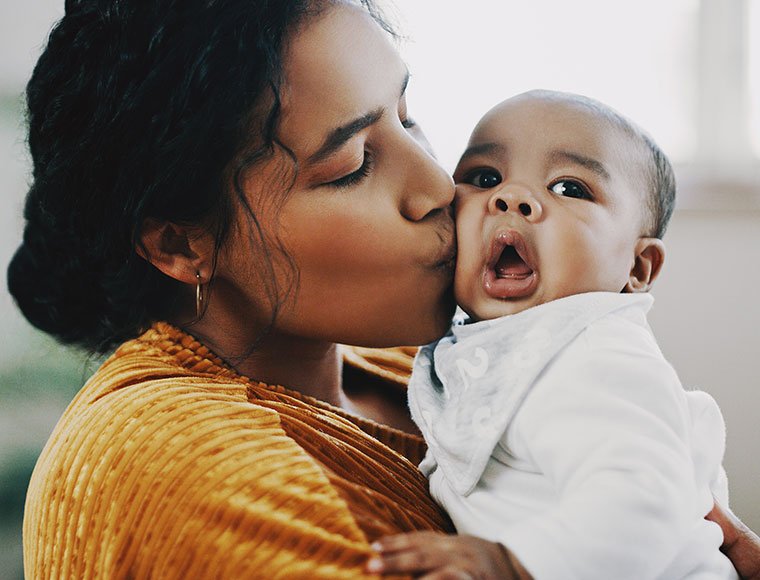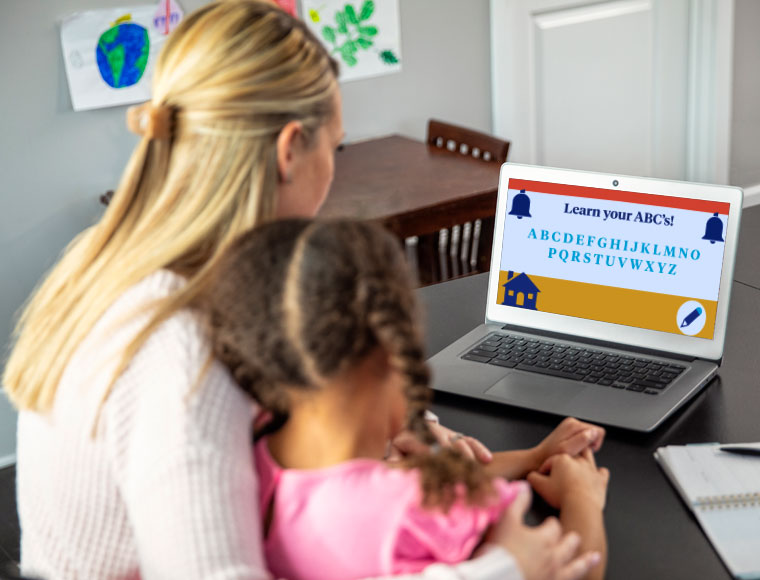More than 1.4 million children and youth are being served by the child welfare and juvenile justice systems. These young people have all experienced some form of trauma. There could be trauma from an event that caused them to be placed out of their family’s home and there is trauma that comes from being separated from their family and placed into the child welfare system. In this video, UnitedHealthcare Community & State leaders discuss how Medicaid can address and improve the physical, behavioral and emotional well-being of the young people served by the child welfare and juvenile justice systems.
Test yourself! Take the Child Welfare and Juvenile Justice Systems knowledge quiz.










